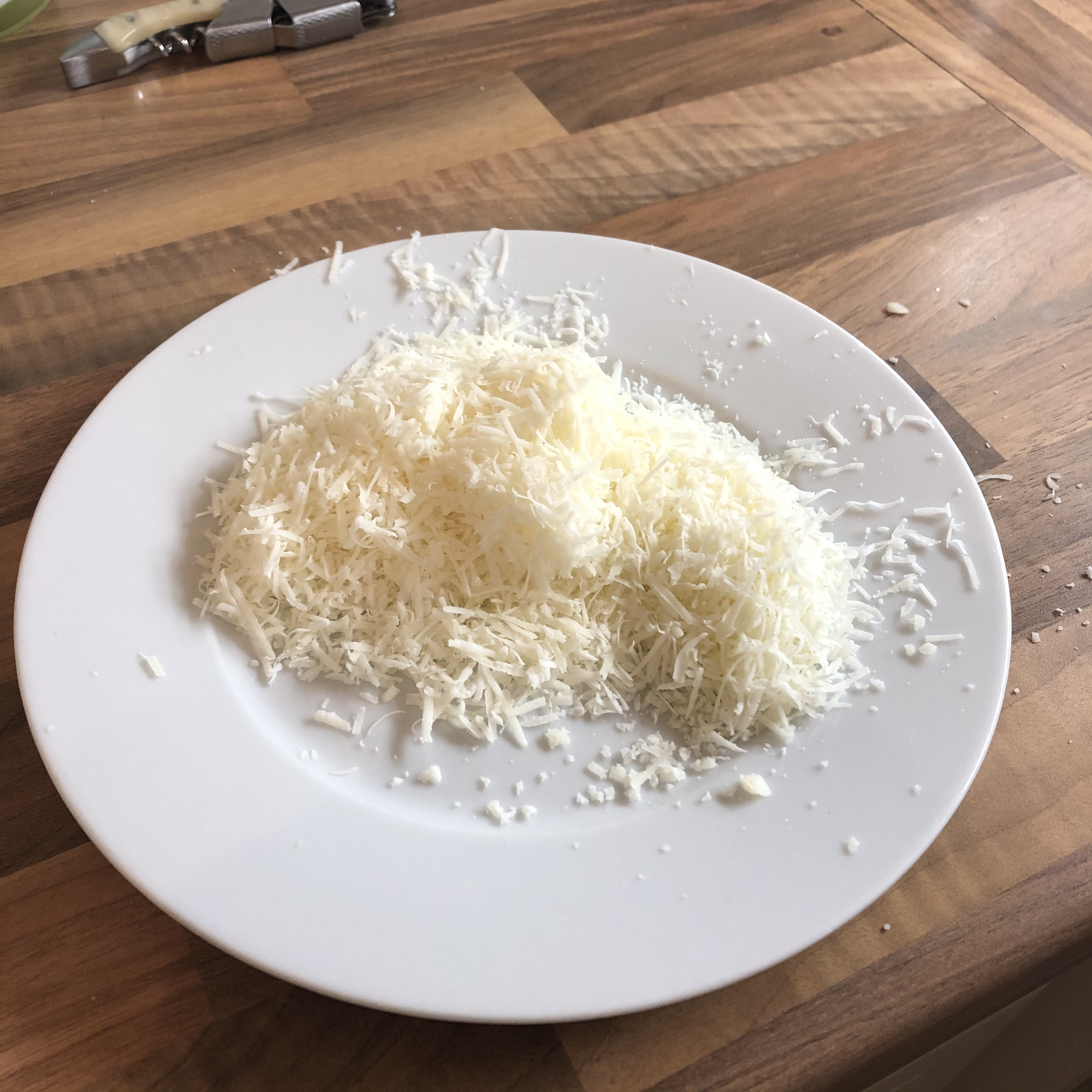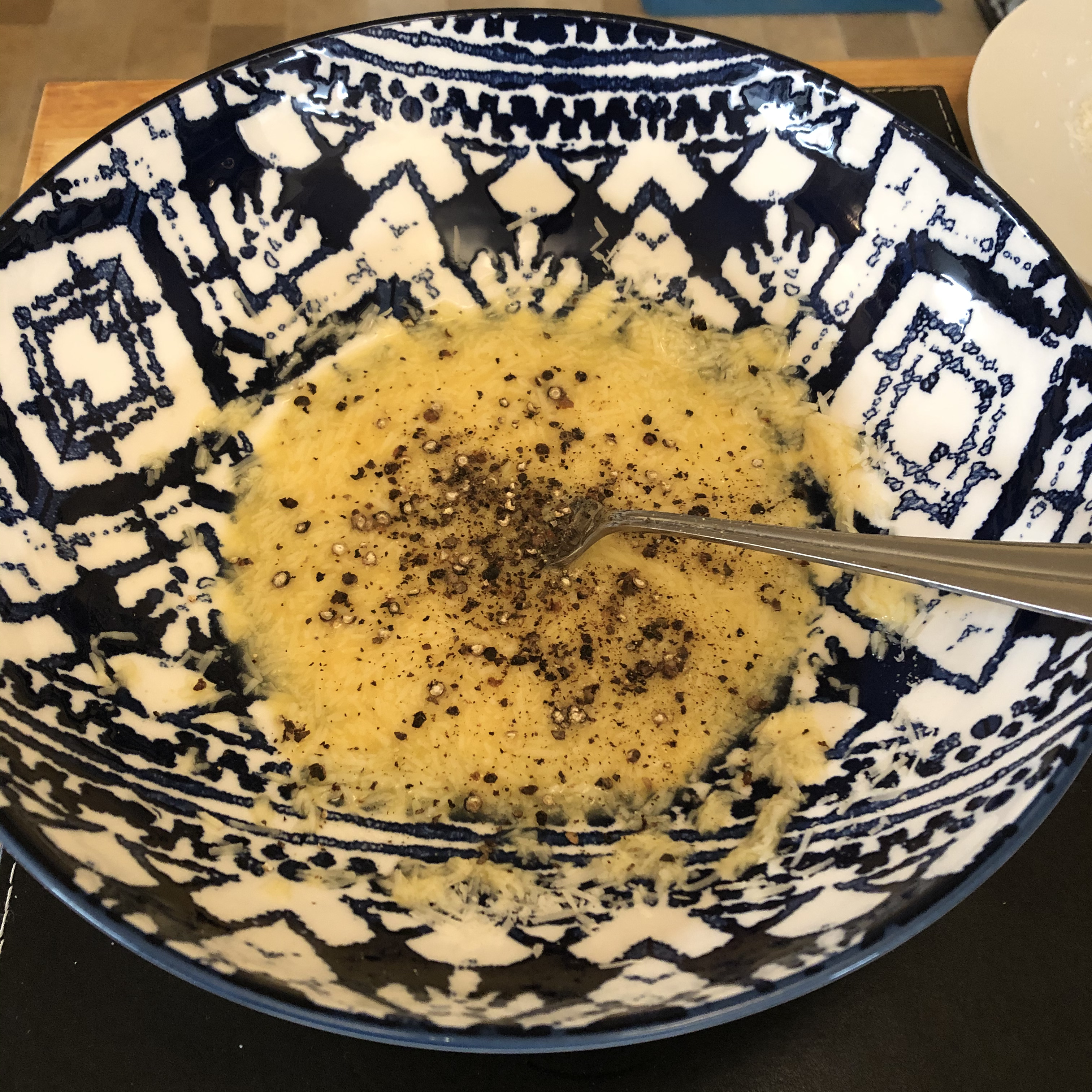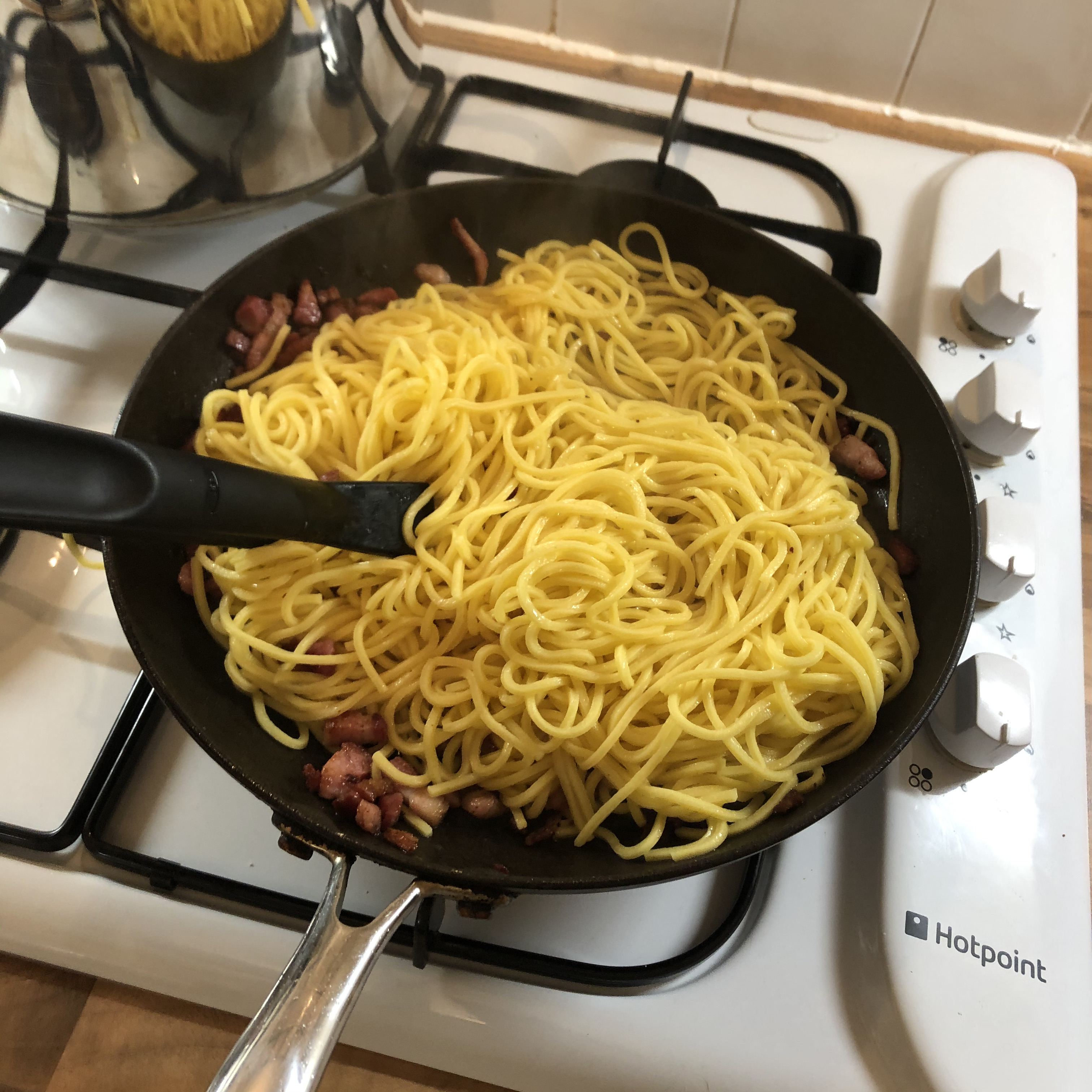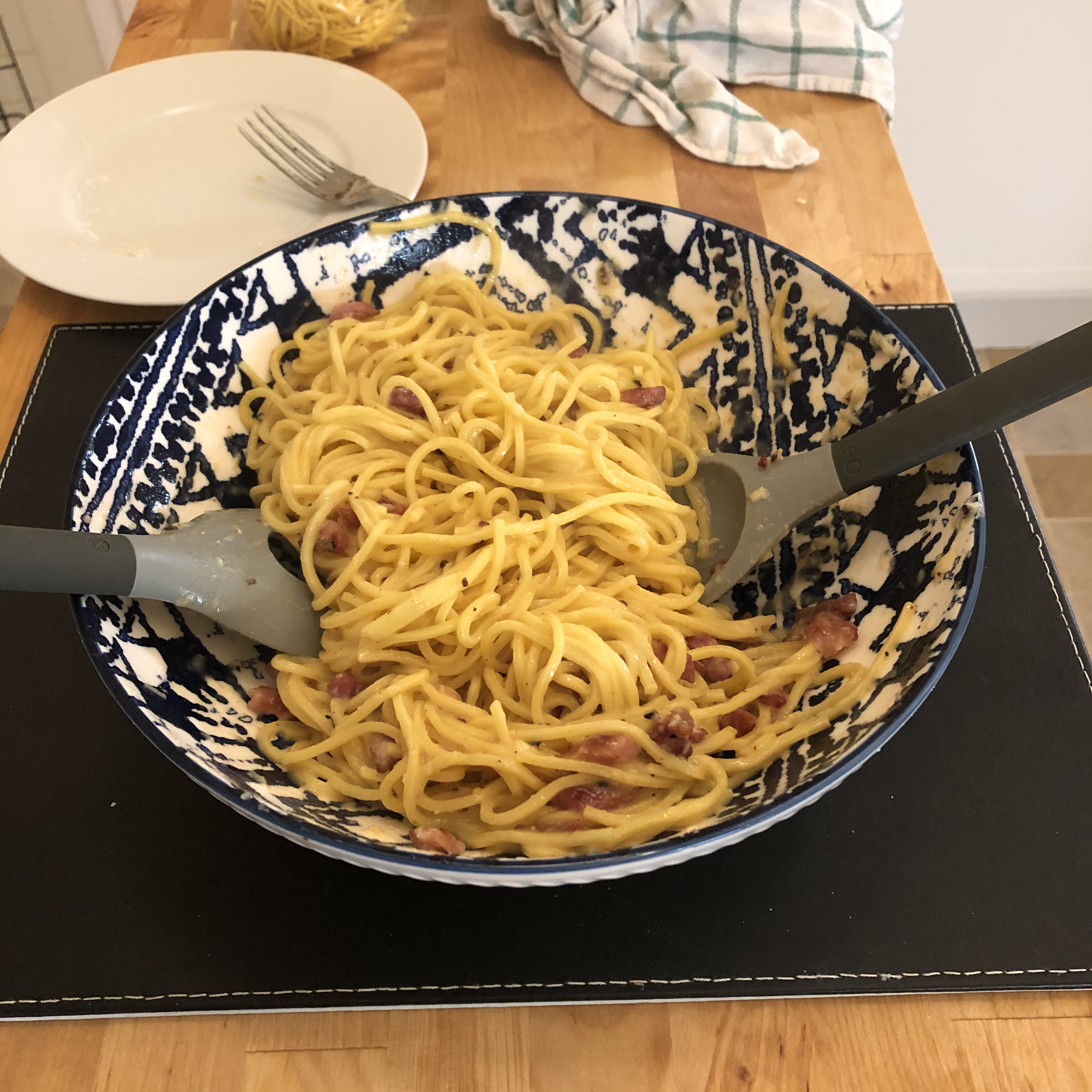RaH#1 - Carbonara
Over the course of the next year, I'm going to present some articles about my attempts to cook food at home in a series called Restaurant at Home. This is the first attempt.
It's been over a year since we went to Rome and Naples. In Rome, we attended a pasta class with Alessandro and the lessons have stuck. I think I learnt more about cooking in those two hours, than in the year before.
This weekend, I made a Carbonara using the technique that Alessandro taught us in his apartment near the Pantheon. Many people do not make this dish correctly and I will apologise now because I'm going to make one of the mistakes.
The ingredients for Carbonara are: pig's cheek, eggs, Pecorino Romano (make with sheep's milk) and lots of pepper. The pasta should be spaghetti or rigatoni. I think that rigatoni makes a better carbonara.
Mistake #1 - This weekend I could not get a pig's cheek, so I used lardons. You can also chop bacon, but authentically you should use pig's cheek. Historically, this was a dish for the poor who used offcuts of meat not wanted by the rich and the cheek was one of these cuts. You can substitute the cheek with courgettes to make a vegetarian version.
Mistake #2 - Many people use cream. There is absolutely no need and it is not authentic.
Anyway, here's what I did (with pictures - excuse the mess). I'm making this for two people and I'm being vague on quantities here:
- Get a large pasta pan and get the water ready to boiling. Due to a tight timeline this weekend, I used premade fresh spaghetti (about 300g because we were hungry). It cooks in about 5 minutes - I gave it 4 (but don't cook it yet)
- Grate lots of Romano cheese. I used about half of a usual triangular portion from the supermarket.
- In a frying pan, use a very small amount of extra virgin olive oil to fry the lardons. I used a full pack from the supermarket. If you are using cheek, dice it small and fry it to render the fat out.
- Put two very fresh eggs into a bowl. Whisk.
- Add the Romano cheese gradually, whisking it in and mixing it well.
- Then add some black pepper. Lots of it. It has to be peppery.
- You can start the pasta off now because you are ready. Over a vigorous heat with the lid off, cook the pasta to roughly the times on the packet. The pasta will usually float and go paler in the cooking process. I cooked my pasta for a minute less because it continues cooking throughout the rest of the process
- Drain the pasta. Then off heat, put it into the pan with the bacon/cheek and mix. I prefer rigatoni because the bits of the meat get into the tubes.
- Once mixed, transfer everything into the egg mixture and mix with two spoons to coat it thoroughly. You now have Carbonara.
This post is part of the Restaurant at Home series.





